

SEE ALL 30 PHOTOSKen Saitowriter, photographerSep 3, 2019
The automotive world is full of stories of unsung or lesser known heroes, but few are perhaps as tragic as that of Alejandro De Tomaso.
It began when De Tomaso fled Argentina and settled in Modena, Italy, where he founded his eponymous automotive brand. Over the years the entrepreneur folded several prominent Italian names under the De Tomaso group, including Ghia, Vignale, and Innocenti, as well as motorcycle companies Moto Guzzi and Benelli. In addition, De Tomaso swooped in and acquired Maserati when Citroën couldn’t—or wouldn’t—sustain the trident brand, introducing platform sharing to lower costs and subsequently launching several models such as the Quattroporte III, Ghibli, and, most important, the Biturbo.
What does all this have to do with the newly revived De Tomaso Automobili? When Norman Choi, the Hong Kong-based businessman who was also responsible for reviving the Apollo brand, bought the rights to the De Tomaso name in 2014 he wanted to do it justice and pay homage to both the man and the company.
Choi and the team led by general manager Ryan Beris took a deep dive into De Tomaso history. That history is of course inextricably intertwined with the Pantera and launching a new version of that car would have been an obvious place to start. But the firm wanted to do things slightly differently, and found the perfect starting point with the P70 project. (Also of note: Ares Design plans a run of Lamborghini Huracán-based Panteras.)
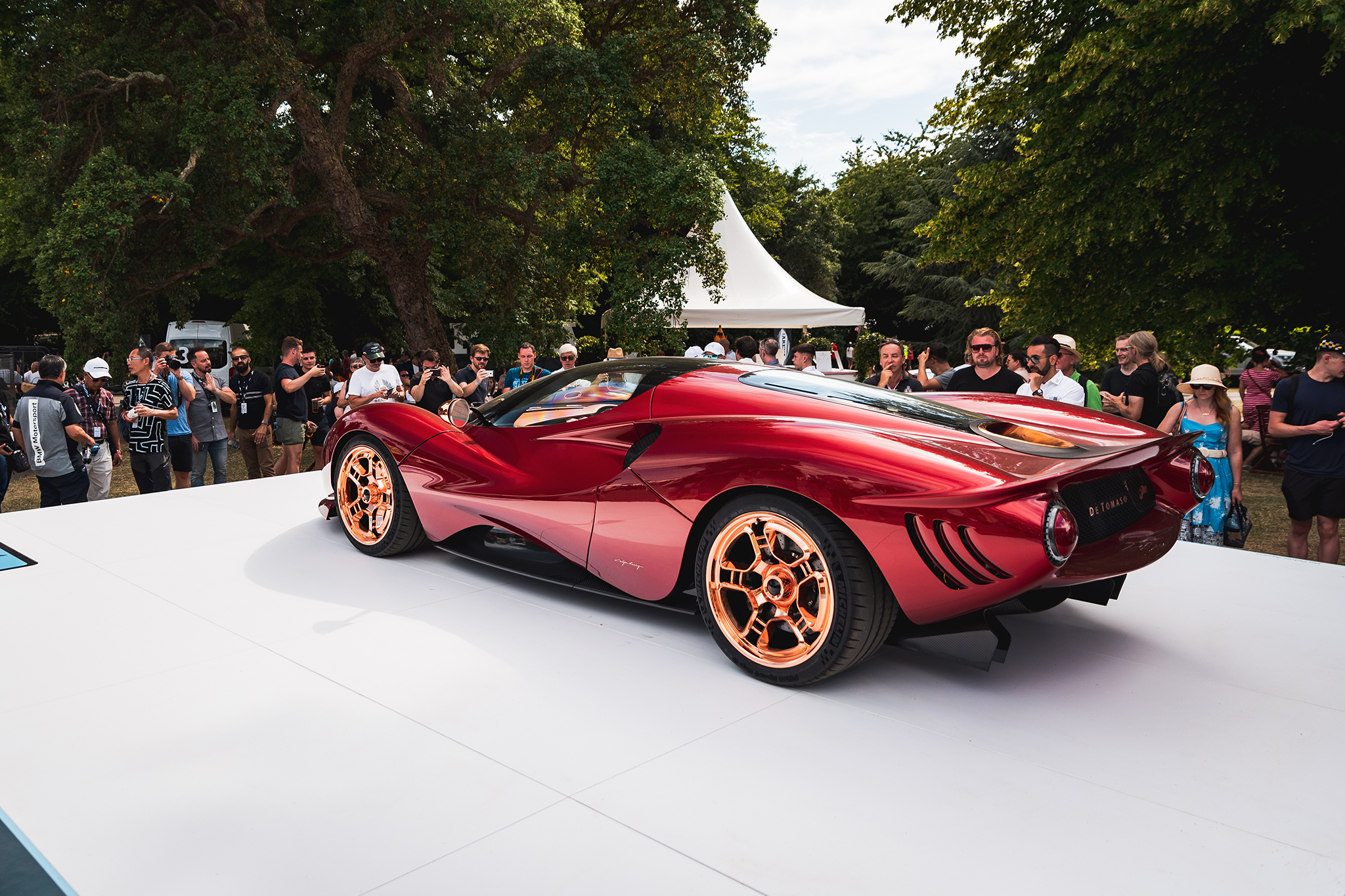
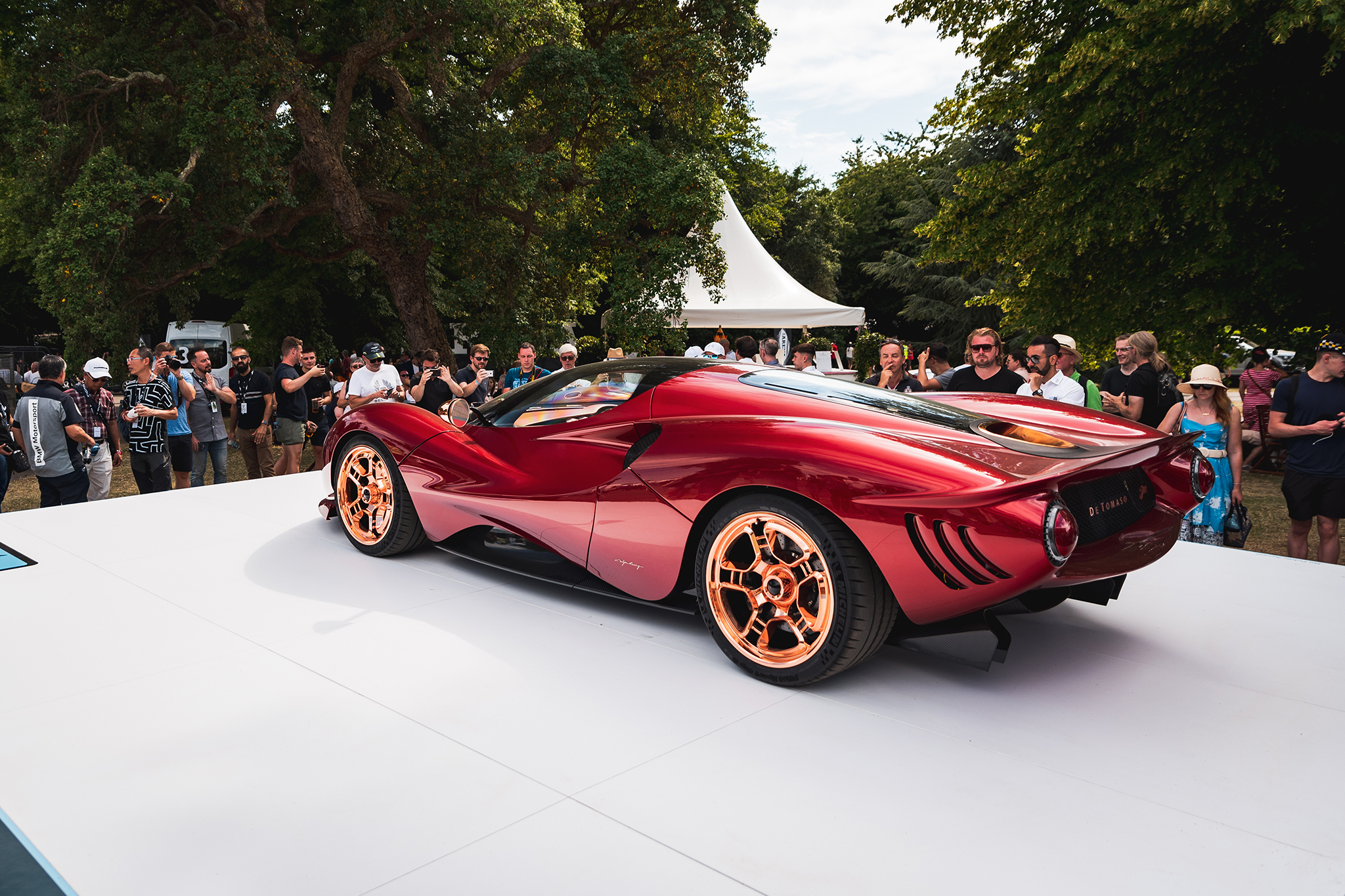
SEE ALL 30 PHOTOS
Originally envisioned as a prototype Can Am car, the P70 was conceived when Carroll Shelby and Alejandro De Tomaso wanted to take on giants such as Ferrari in sports-car racing. It was intended to be a follow up to De Tomaso’s first road car, the Vallelunga—one of the earliest mid-engine sports cars, it predated the Lamborghini Miura—and was originally slated to have a 7.0-liter engine, hence the P70 name. Shelby would finance the project, De Tomaso would produce the car, while Pete Brock would design it. Brock had worked on the Shelby Daytona Coupe and the initial version of the Chevrolet Corvette Sting Ray, and the final design was given a once-over by Medardo Fantuzzi, who had previously worked on Maserati and Ferrari road racers.
However, as fate would have it, Shelby left the project on the eve of the car’s launch to join another sports-car project, this one with Ford for something called the GT40. Because of Shelby’s withdrawal from the project, the P70 never launched. Only one example was ever built and it remained at the factory until the company’s bankruptcy in 2004. Feeling betrayed, De Tomaso used the P70’s chassis design as the basis for his next road car: the Mangusta, the natural predator of the cobra.
This is where the new P72 comes in. Promoted as a continuation and homage to the P70 project, Choi wanted to get this right. Designed by Joe Wong, the same young stylist behind the Apollo IE, there are several cues from ’60s road racers. That was intentional. The Alfa Romeo 33 Stradale, Ferrari 330 P3/4, and Lola T70 are easy comparisons, but a lot of the inspiration also came from previous De Tomaso racing prototypes such as the Sport 1000 and Sport 2000.
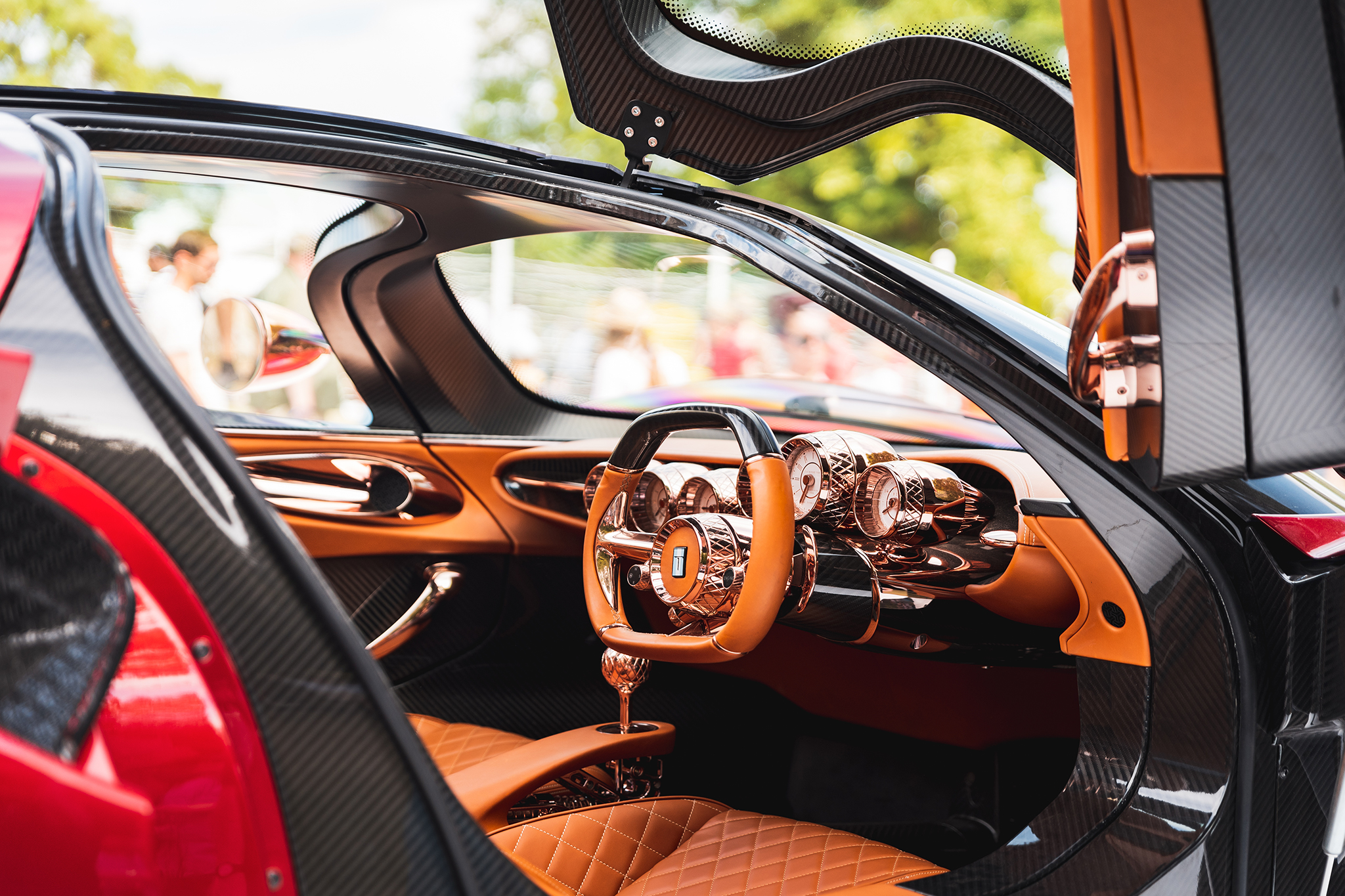
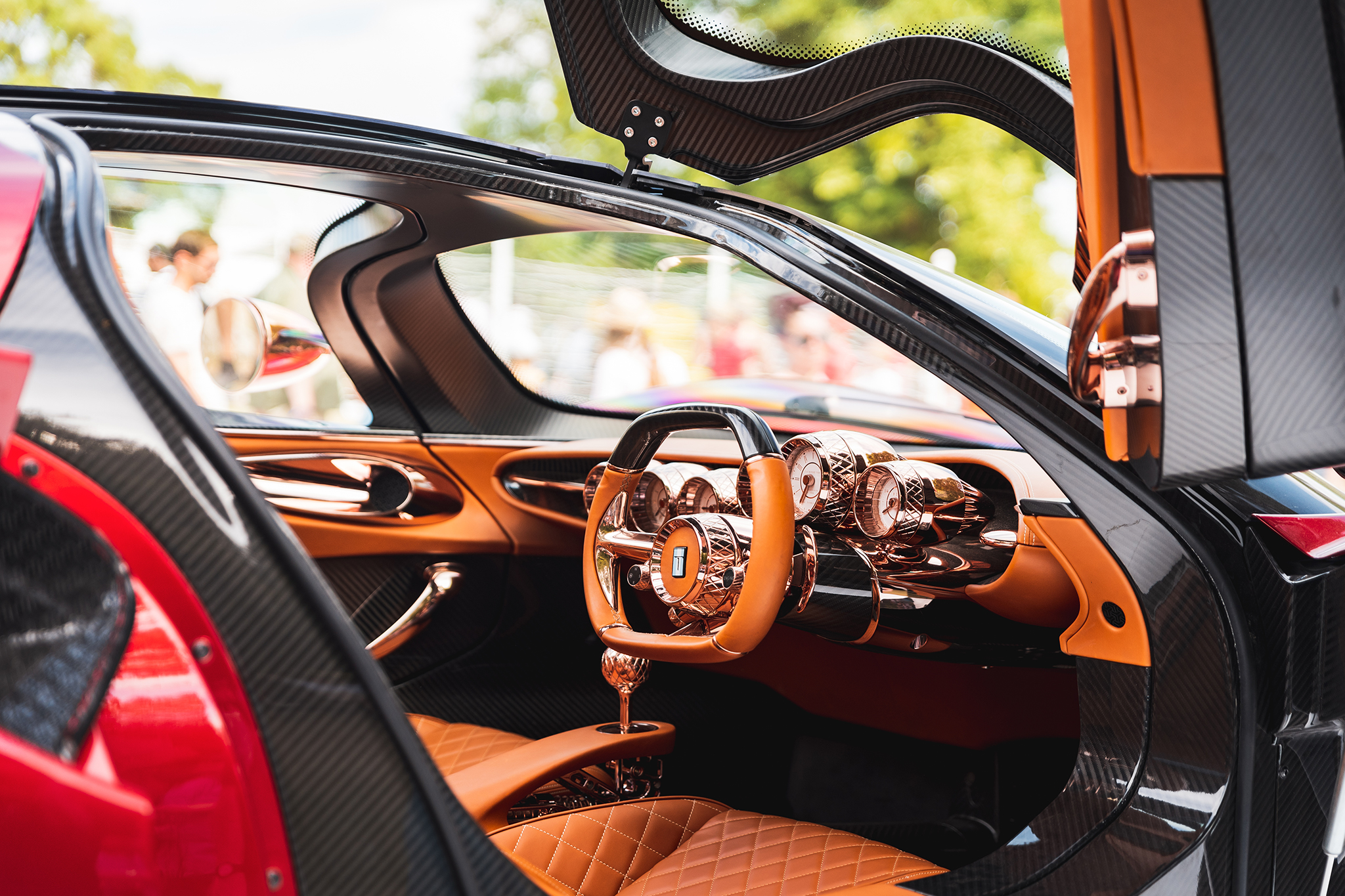
SEE ALL 30 PHOTOS
It’s a truly stunning looking thing, more a sculpted piece of art than anything coming from Modena, Woking, or Stuttgart today. The lines are smooth and curvaceous, mixing in classic style with modern details. It’s as retro as it is modern, and a design as beautiful as this needed to be as stunning on the inside too, and wherever the car has appeared—Goodwood, Pebble Beach, etc.—it seems to draw a crowd.
Indeed, the interior is just as jaw-dropping as the exterior, and features a similar mix of old-school and modern touches. There’s leather, carbon-fiber, and copper, while the quilted seats, visible gearbox workings, and beautiful gauges give the P72’s interior a unique look and feel. Certainly, for a prototype everything looks and feelsready to go. It’s this attention to detail that shows the passion behind the project.
Underneath, the P72’s state-of-the-art mechanicals are based on the same carbon-fiber chassis used in the Apollo IE. Beris hopes the car will “disrupt the industry, just as the Pantera did in its time.” The prototype you see here is powered by a V-12 with a manual gearbox, and will be available in right- and left-hand-drive specifications, the former a special request from Choi for Hong Kong homologation. All 72 examples of the €750,000 ($822,000 as of this writing) supercar have already been spoken for. The price point puts it in an interesting mid-point between more mainstream supercars such as the Ferrari SF90 Stradale and Lamborghini Aventador SVJ and hypercars such as the McLaren Speedtail, Bugatti Chiron, and Koenigsegg Regera.
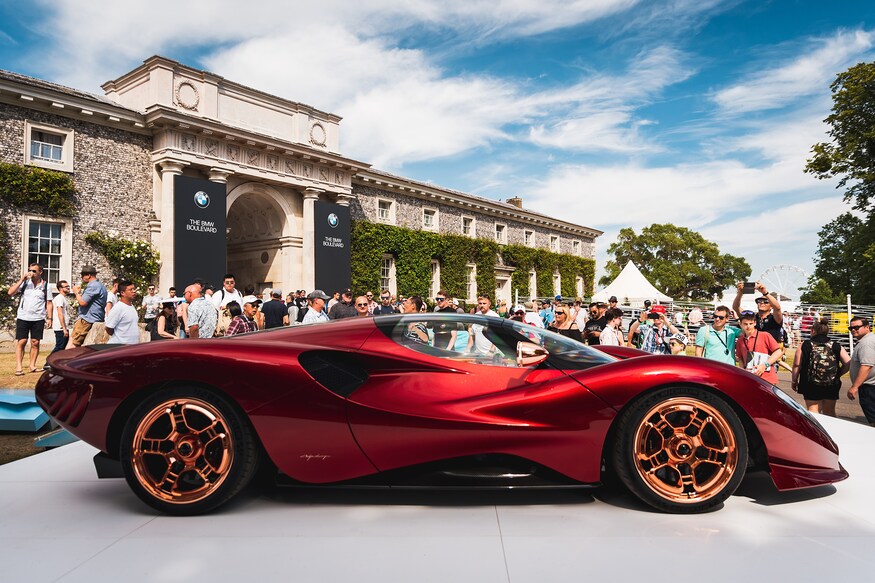

SEE ALL 30 PHOTOS
Half of the P72’s production run is expected to go to North America and be distributed via Miller Motor Cars. De Tomaso has secured three other distributors for the P72: Joe Macari for the United Kingdom and the Middle East, Louwmen Exclusive in Europe, and SPS Automotive in Hong Kong/Asia.
Beris and Choi wouldn’t talk about other numbers or future plans, saying only “that wasn’t the point.” They didn’t want to be like every other supercar manufacturer feeding their own hype machine, they wanted to take things slow and progress in due course. This makes sense, given they’re the same people who have essentially redeveloped the Apollo IE three times to get it perfect for customers, even though it’s limited to just 10 units.
Read More
The Pantera That’s Actually a Lambo
We Drive the 1967-71 De Tomaso Mangusta
Massive Muscle-Car Collection Barn Find!
The reborn De Tomaso Automobili wanted to bring romanticism back to supercars to honor the 60th anniversary of the brand, to reintroduce storytelling in a world more focused on chasing lap times, horsepower numbers, and who has the most bespoke customization options. It appears they’ve succeeded. De Tomaso isn’t about diamond paint finishes, Nürburgring lap times, or top-speed records, and that alone is worth applauding. It turns out the De Tomaso story isn’t finished yet, and it seems as if it will be an interesting one to keep following.
